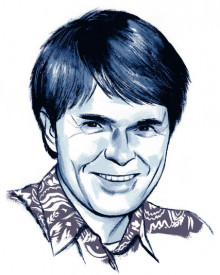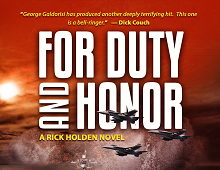Publishing Breakthroughs

Twenty years ago, the words “self-published” meant a writer had gone to a vanity press, paid a great deal of money, and gotten several boxes of books he or she never sold. Ten years ago, things were a little better a few self-published books were able to break through and find at least a modest market. Five years ago things changed dramatically and self-publishing, thanks in large part to Amazon, began to take off.
Today, the market is reaching new heights. In a New York Times Magazine article, “Meredith Wild, a Self-Publisher Making an Imprint,” the curtain is drawn upon on this booming market. As the article points out:
Ms. Wild’s path from becoming a self-publishing star to operating her own small imprint is the latest sign that independent authors are catching up to publishers in the sophistication of their marketing and the scope of their ambitions. Self-published authors can negotiate foreign-rights deals and produce audiobooks. A handful of the most successful independent writers sell print copies of their books in physical retail stores like Barnes & Noble, Walmart and Target, giving them access to a market that traditional publishers have long dominated.
Now enterprising authors like Ms. Wild are forming their own small publishing houses. Just like the old-guard editors and publishing companies that they once defined themselves against, these new imprints promise to anoint fledgling authors with legitimacy and give them an edge in a flooded and cutthroat marketplace.
In a sense, these authors-turned-publishers are thriving because the self-publishing ecosystem has become oversaturated. Amazon has more than four million e-books in its Kindle store, up from 600,000 six years ago, making it harder for new authors to find an audience. Building your own brand may sound appealing and empowering, but only a small fraction of self-published authors sell enough books to make a living, and many are put off by the drudge work and endless self-promotion involved.
It is a new era. Read more here:
http://www.nytimes.com/2016/01/31/business/media/meredith-wild-a-self-publisher-making-an-imprint.html?_r=0





